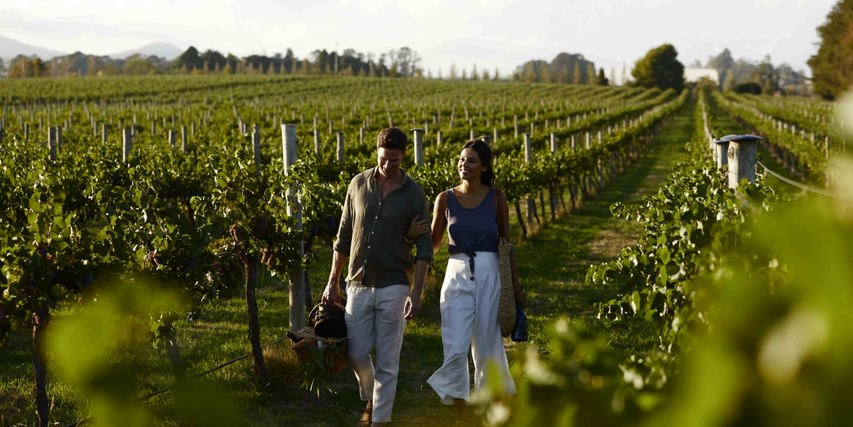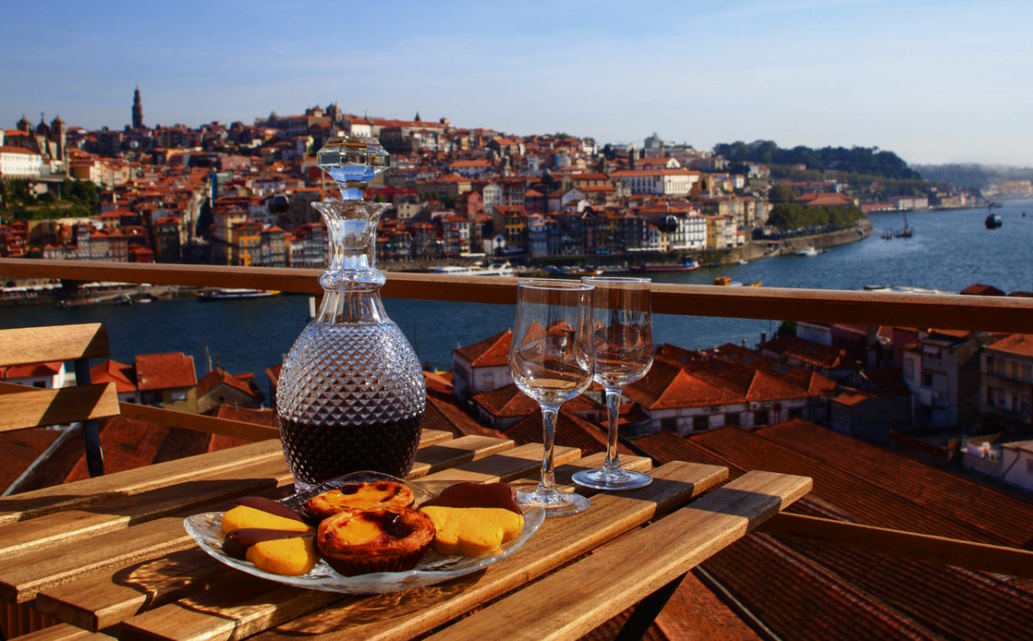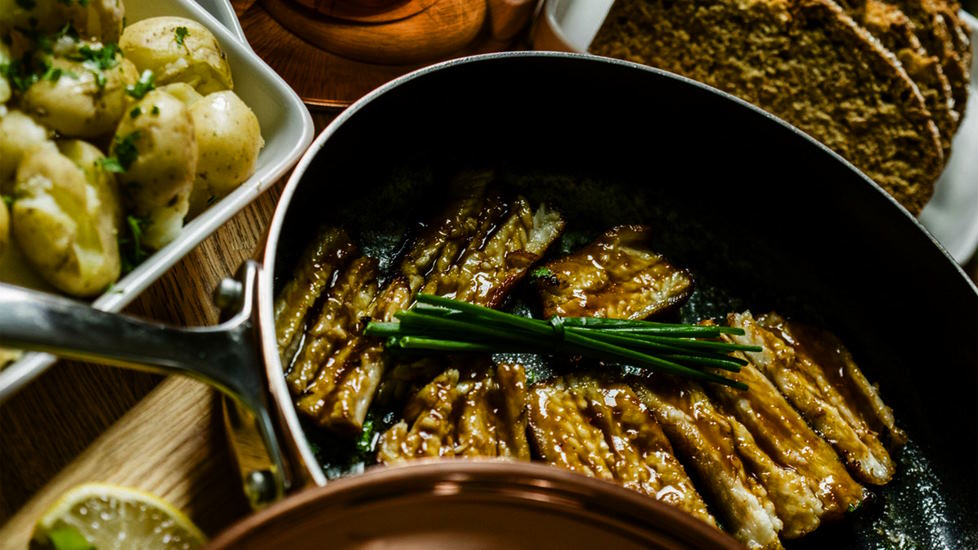Welcome to a journey through the vineyards of Europe, where centuries of winemaking traditions and diverse terroirs have produced some of the world’s finest wines. From the renowned regions of France, Italy, Spain, and Germany to the emerging wine regions of Eastern Europe, the continent is a treasure trove of unique flavors, styles, and stories behind every bottle. We will embark on a delightful tour of Europe’s vineyards, exploring the iconic wines, winemaking techniques, and the cultural significance of wine and dine in the European way of life. So, grab a glass, and let’s savor the exquisite taste of European wines while unraveling the rich history and heritage that has shaped the continent’s wine culture.
The Vineyards of France: Exploring Bordeaux, Burgundy, and Champagne
France is often hailed as the epitome of wine culture, with its centuries-old winemaking traditions and world-renowned wine regions. Among these, Bordeaux, Burgundy, and Champagne stand out as some of the most famous and revered wine regions in the world.
Bordeaux, located in southwestern France, is known for its bold red wines and is often referred to as the “wine capital of the world.” Bordeaux blends, which typically include Cabernet Sauvignon, Merlot, and Cabernet Franc, are highly sought after for their rich flavors and exceptional aging potential. The region also produces exquisite white wines, primarily made from Sauvignon Blanc and Semillon, with crisp acidity and refreshing citrus notes.
Moving eastward, we come to Burgundy, located in eastern France, known for its exceptional Chardonnay and Pinot Noir wines. Burgundy is renowned for its “terroir,” which refers to the unique combination of soil, climate, and winemaking techniques that contribute to the distinct flavors and aromas of the wines. The Chardonnay wines of Burgundy are known for their elegance, complexity, and mineral-driven flavors, while the Pinot Noir wines are prized for their finesse, delicacy, and red fruit notes.
Last but not least, we cannot forget Champagne, located in northeastern France, which is synonymous with celebration and luxury. Champagne is known for its sparkling wines, made using the traditional method of secondary fermentation in the bottle. These wines, typically made from Chardonnay, Pinot Noir, and Pinot Meunier grapes, are characterized by their effervescence, freshness, and unique flavors of green apple, brioche, and toasted almonds.
The winemaking techniques and traditions in these regions have been passed down through generations, with a strong emphasis on quality and craftsmanship. Many wineries in Bordeaux, Burgundy, and Champagne still follow traditional methods such as hand harvesting, barrel aging, and careful blending to produce exceptional wines with distinct regional characteristics. The winemakers in these regions have a deep connection with the land, respecting and preserving the natural elements that contribute to the unique flavors of their wines.
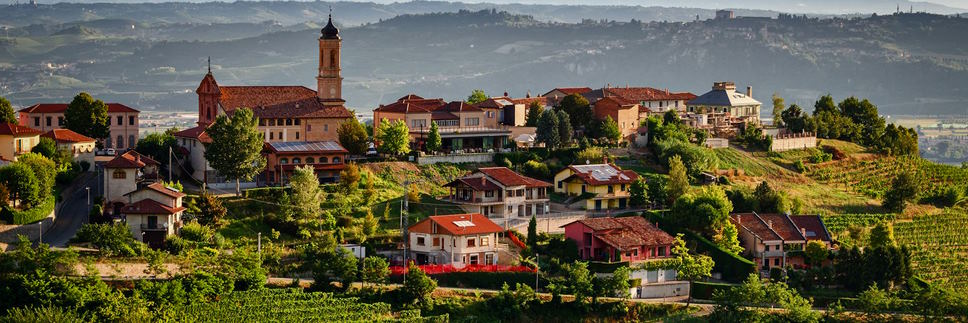
The Wineries of Spain: Discovering Rioja, Ribera del Duero, and Priorat
Spain is a country with a rich winemaking heritage, boasting a diverse array of wine regions that produce exceptional wines. Among these, Rioja, Ribera del Duero, and Priorat are renowned for their high-quality wines, unique grape varieties, and distinct winemaking practices.
Rioja, located in northern Spain, is one of the most famous wine regions in the country. Known for its red wines made primarily from Tempranillo grapes, Rioja wines are celebrated for their complexity, depth, and ability to age gracefully. Rioja wines are often aged in oak barrels, which imparts flavors of vanilla, spice, and tobacco, adding further complexity to the wines. In addition to red wines, Rioja also produces refreshing white wines made from Viura and Garnacha Blanca grapes, with bright acidity and vibrant fruit notes.
Ribera del Duero, located in central northern Spain, is another prestigious wine region known for its powerful and bold red wines made from Tempranillo, locally known as Tinto Fino or Tinta del Pais. Ribera del Duero wines are characterized by their dark fruit flavors, firm tannins, and long aging potential. The region’s extreme continental climate, with hot summers and cold winters, contributes to the unique flavor profile of these wines.
Moving to the northeast of Spain, we come to Priorat, a region known for its rugged landscapes and unique slate soils, locally known as “llicorella.” Priorat wines are typically made from a blend of Garnacha and Cariñena grapes, resulting in intense and concentrated red wines with rich flavors of dark fruits, licorice, and mineral notes. Priorat wines are often praised for their complexity, structure, and ability to age gracefully.
Despite their distinct regional characteristics, these wine regions in Spain share a common thread of traditional winemaking practices that have been passed down through generations. Many wineries in Rioja, Ribera del Duero, and Priorat still employ traditional methods such as hand harvesting, natural fermentation, and extended aging in oak barrels to produce wines of exceptional quality and complexity. However, modern innovations and advancements in winemaking techniques are also being embraced in Spanish wineries, bringing a blend of traditional and contemporary styles to the wines.
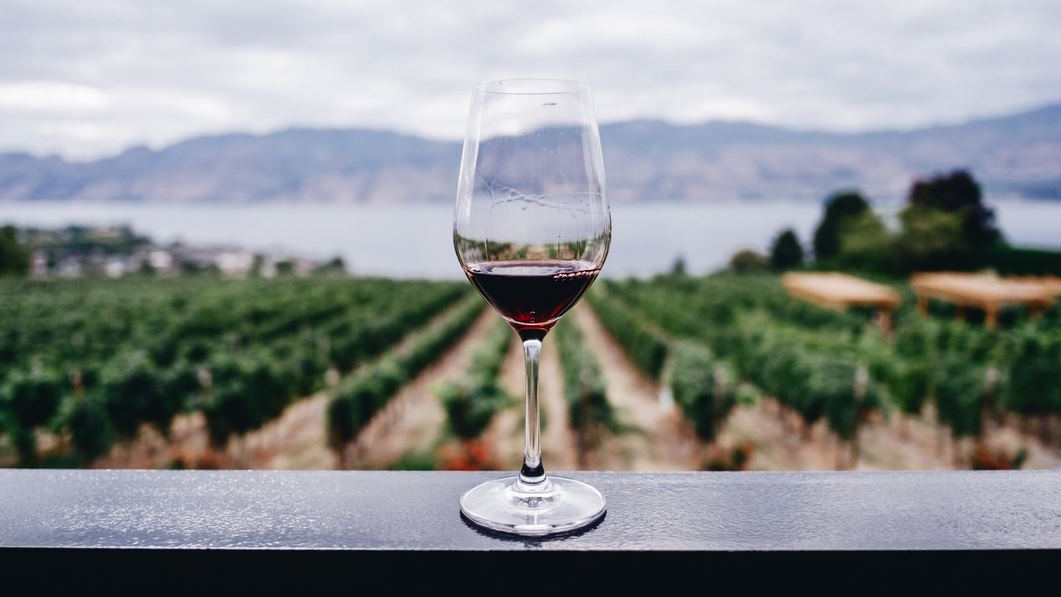
The Emerging Wine Regions of Eastern Europe: Exploring Hungary, Romania, and Bulgaria
When it comes to wine, most people might immediately think of France, Italy, or Spain. However, there are lesser-known wine regions in Eastern Europe that are rapidly gaining recognition for their unique wines and winemaking traditions. Among these, Hungary, Romania, and Bulgaria are emerging as exciting players in the wine world, producing distinctive wines that are capturing the attention of wine enthusiasts worldwide.
Hungary is known for its unique grape variety called Furmint, which is used to produce both dry and sweet wines. Hungarian Tokaji, a sweet wine made from Furmint grapes affected by noble rot, is considered one of the world’s finest dessert wines. Additionally, Hungary is also known for its rich, full-bodied red wines made from the Kadarka and Kékfrankos (also known as Blaufränkisch) grape varieties.
Moving eastward, we come to Romania, a country with a burgeoning wine scene. Romania has a diverse range of grape varieties, some of which are indigenous to the region, such as Fetească Neagră, Fetească Albă, and Tămâioasă Românească. Romanian wines are often described as having fresh acidity, bright fruit flavors, and floral notes. The region of Transylvania in Romania is gaining popularity for its aromatic white wines and elegant reds.
Bulgaria, located in the southeastern part of Europe, has a long history of winemaking dating back to ancient Thracian times. Bulgarian wines are known for their rich flavors, balanced acidity, and smooth tannins. The region is known for its indigenous grape varieties such as Mavrud, Melnik, and Rubin, which produce unique and expressive wines. Bulgarian wines are gaining international recognition for their quality, and the country is becoming an important player in the global wine market.
The wines from these Eastern European regions are often made using traditional winemaking techniques that have been passed down through generations. These methods include hand harvesting, natural fermentation, and extended aging in oak barrels, which contribute to the unique flavors and character of these wines. The winemakers in Hungary, Romania, and Bulgaria take great pride in their winemaking traditions and strive to produce wines that reflect their unique terroir and grape varieties.
In recent years, there has been a rising interest and popularity of Eastern European wines in the international market. Wine enthusiasts are increasingly seeking out the unique flavors and stories behind these lesser-known regions. The affordability and quality of wines from Hungary, Romania, and Bulgaria make them attractive options for wine lovers looking to explore new and exciting wine regions.

